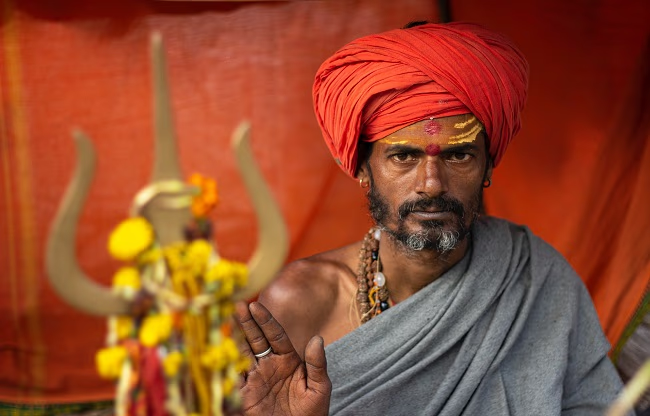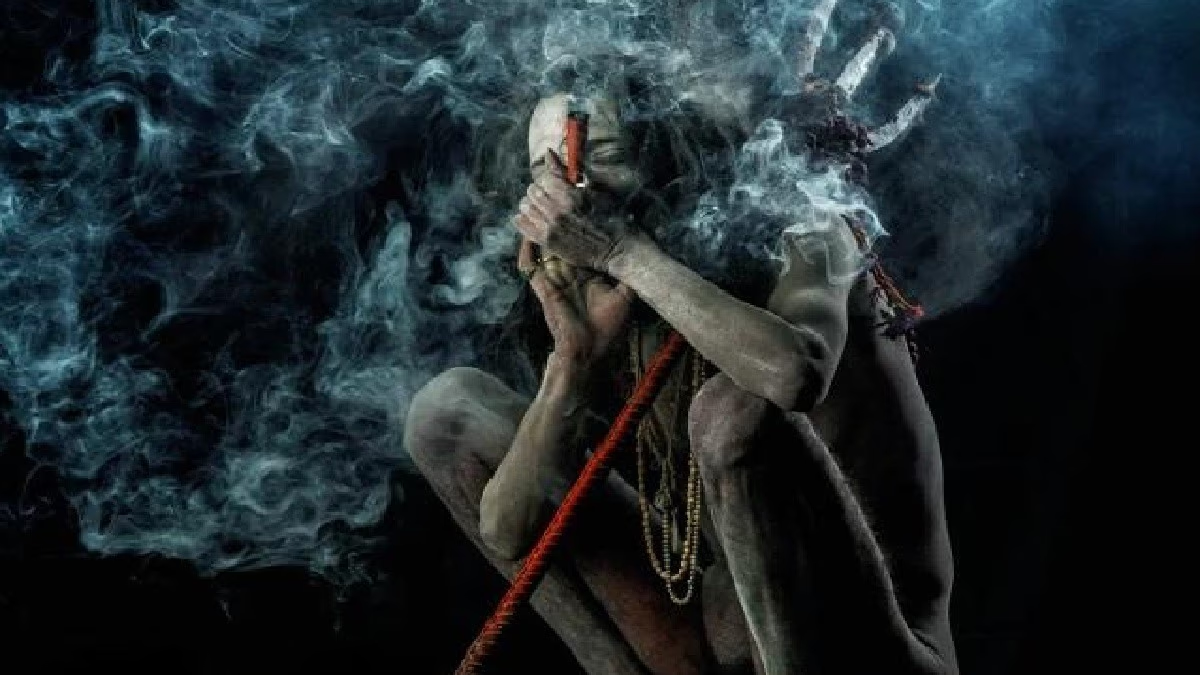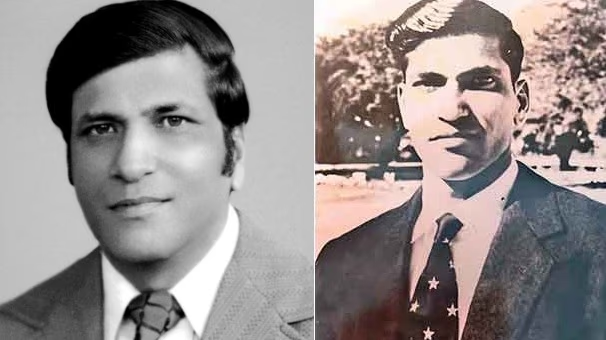The grand event in Prayagraj, the Mahakumbh, is about to begin. This confluence of faith draws ascetics from around the globe. Amidst myriad sects, the revered Mahamandaleshwars and the enigmatic Aghori Sadhus will also participate. Let's delve into the mystical world of Aghoris—surrounded by myths and apprehensions, often misconstrued as practitioners of black magic.
Who Are the Aghoris?
To start, let's explore the origin of the term Aghori. Derived from the Sanskrit word 'Aghor,' meaning fearless, Aghoris are revered devotees of Shiva, primarily adhering to the Kapalika sect; hence, they always carry a skull. Alongside Shiva, Aghoris also worship Kali, embodying power, adorning themselves with ashes, rosary beads, and skulls.
Typically living in isolation, Aghoris seldom appear in public outside major religious gatherings like the Kumbh Mela. They reside in cremation grounds or remote locations, optimal for their spiritual practices. The tradition of Aghori Sadhu traces back to the 18th-century seer Baba Kinaram, originating in Kashi, later spreading across the nation.

Source: aajtak
Living Amidst Cremation Grounds
Aghoris embrace Shiva’s path to salvation through rigorous meditation, acknowledging Shiva’s omnipresence. They transcend the fear of birth and death, unhesitant to reside in cremation grounds or consume partially burned flesh, considered a pivotal ritual if done without fear or disgust.
Mayur Kalbag, author of 'Aghori: Untold Story', clarifies misconceptions: Aghoris are depicted consuming human flesh and alcohol, likened to occultists. Yet, this does not encapsulate their truth. These practices illustrate their ability to survive on anything, rejecting mainstream perceptions. While mainstream individuals often shun cremation grounds, Aghoris dwell there unfazed.
The Enigma of Aghori Lives
Mayur shares that while the Naga Sadhus are well-documented, Aghoris remain shrouded in mystery. Curiosity and fear about them prevail, dissipated only by understanding. Aghori philosophy emphasizes working on one's path to enlightenment without interference.

Source: aajtak
How Different Are Aghori from Naga Sadhus?
While often considered similar, Naga and Aghori Sadhus differ. Naga tradition stems from Adi Guru Shankaracharya in the 8th century, perceived as martial protectors of dharma. Conversely, Aghori tradition venerates deities like Dattatreya and focuses solely on Shiva.
A distinct difference is Nagas adhere to celibacy, performing their own funerals while alive. In contrast, Aghoris aren’t bound by celibacy, embracing unique diets including cremation ground offerings, advocating for the natural cycle.
Worshiping Shiva, both sects diverge in practices: Nagas use weapons and defend dharma, while Aghoris use spiritual powers altruistically. Aghoris partake in three primary practices: Shava Sadhana (offering meat and liquor to corpses), Shiva Sadhana (one-legged meditation on a corpse), and Shmashana Sadhana (conducting fire rituals).
In Kathmandu, Nepal, the ancient Aghor Kuti stands as a testament to Aghori tradition. In India, notable sites include Siddhapeeth Kalimath and the Tarapith Temple in West Bengal, while Chitrakoot, the birthplace of Dattatreya, remains pivotal to Aghori practice.




